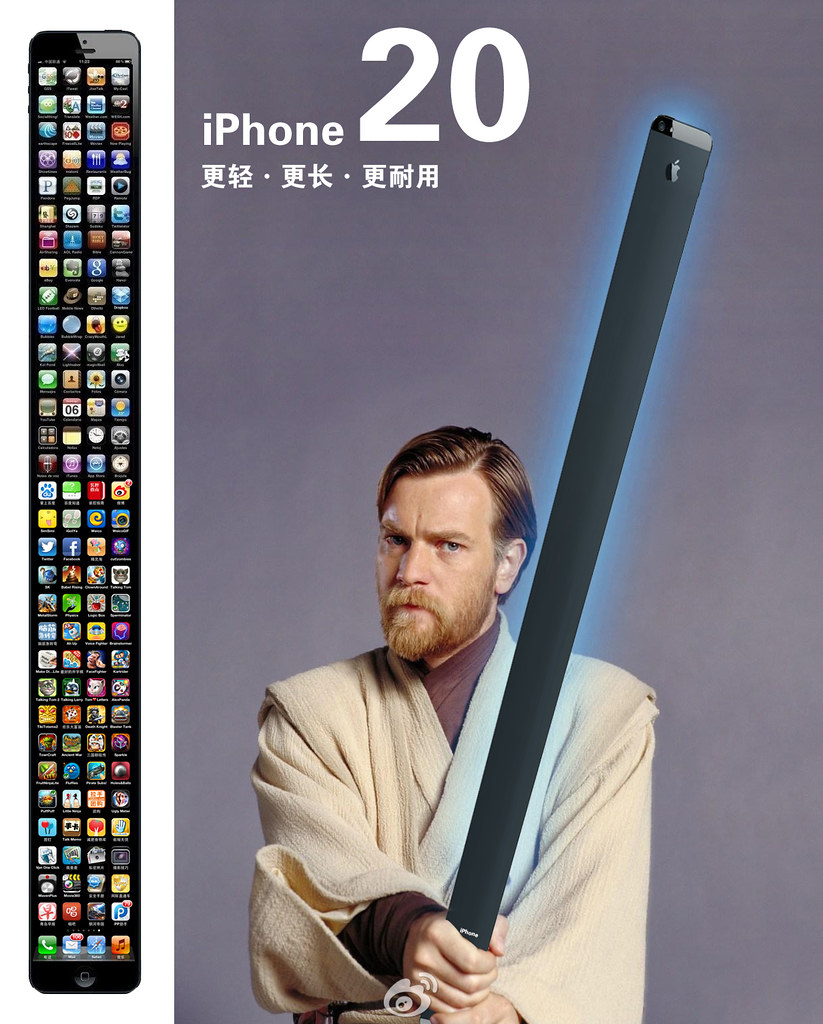During the heyday of IE6, frontend design was in murky waters. The frontend designer would need to employ lots of hacks, patches, and workarounds just to achieve the look and feel of a grand mock-up. Remember:
- when we used
tablefor layout? - when we used a 1×1 transparent pixel as spacer image?
- when we exported images as masks to make rounded rectangles?
- when we used images as gradients?

These were just a minute part of the painful challenges frontend designers faced yet nothing stopped us from adapting to the crappy non-standard browsers of that time. We moulded the web into different appearances despite the difficulties. Remember the time:
- when pixel fonts were in?
- when DHTML was so fancy that sites had snowflakes falling on them and cursors were customized with trailing stars?
- of “Web 2.0” – the proliferation of badges, loading icons, fab aqua buttons?
- of letterpress typography?
- of minimalism?
- when full-screen images is the template of all websites?
Some of us might only relate to the last item – which we encounter 90% of the time these days. But as for the other nostalgia, there really was a time when visual designers were advantaged with the knowledge of how to implement their designs in the frontend (HTML/CSS). Because otherwise, the visual design in all its JPG glory might be so much ahead of its time that it couldn’t be implemented properly without gathering a bucketful tears of albino unicorns.
But as browsers abided by the standards, IE dieded (best thing ever), technology fast-forwarded itself to touchscreens, and mobile had identity crisis – the lines of limitations blurred out, the doors and windows flung wide open. Suddenly anything is possible and this time standards, open source, and our respective communities are even more by our sides.

You can only draw? That’s OK.
It is no longer a must for visual designers to know the magic of HTML and CSS. We can now sleep soundly at night knowing that the project’s full-screen parallax slider would be implemented properly. All we need to know are three things:
- There must be someone for you to collaborate with who shares your vision and knows how to technically implement the visual design
- Usability – if your webpage looks like a KFC flier crumpled on the sidewalk, it will be as usable on the web as it is on the ground
- Anything is possible (you will find out if it’s not) so do your homework and thing
Watch Out for Falling Debris

Who will tell you what mobile is and what mobile is not? Who will tell you when to use and when not to use a back action or a cancel action and whether it should be in text or in icon? We were almost sure that after iPhone 5 it would only get longer like a lightsaber.
With the stiff competition in the tech industry, we could only say that the best is yet to come. It’s no holds barred. And nobody could tell you anything anymore. Not “you can’t do that” or “you should do it this way” or “this is the best way to do it” – not even the guidelines of operating systems could strictly dictate how designers should design (they’re guidelins, after all).
Who could tell that your 27-inch iMac won’t be touch-capable next year?
Who could tell that we won’t need a mobile-responsive webpage for a smartwatch?
Walk your own stride but watch out for falling debris.
Brian Dys
Leave a Reply